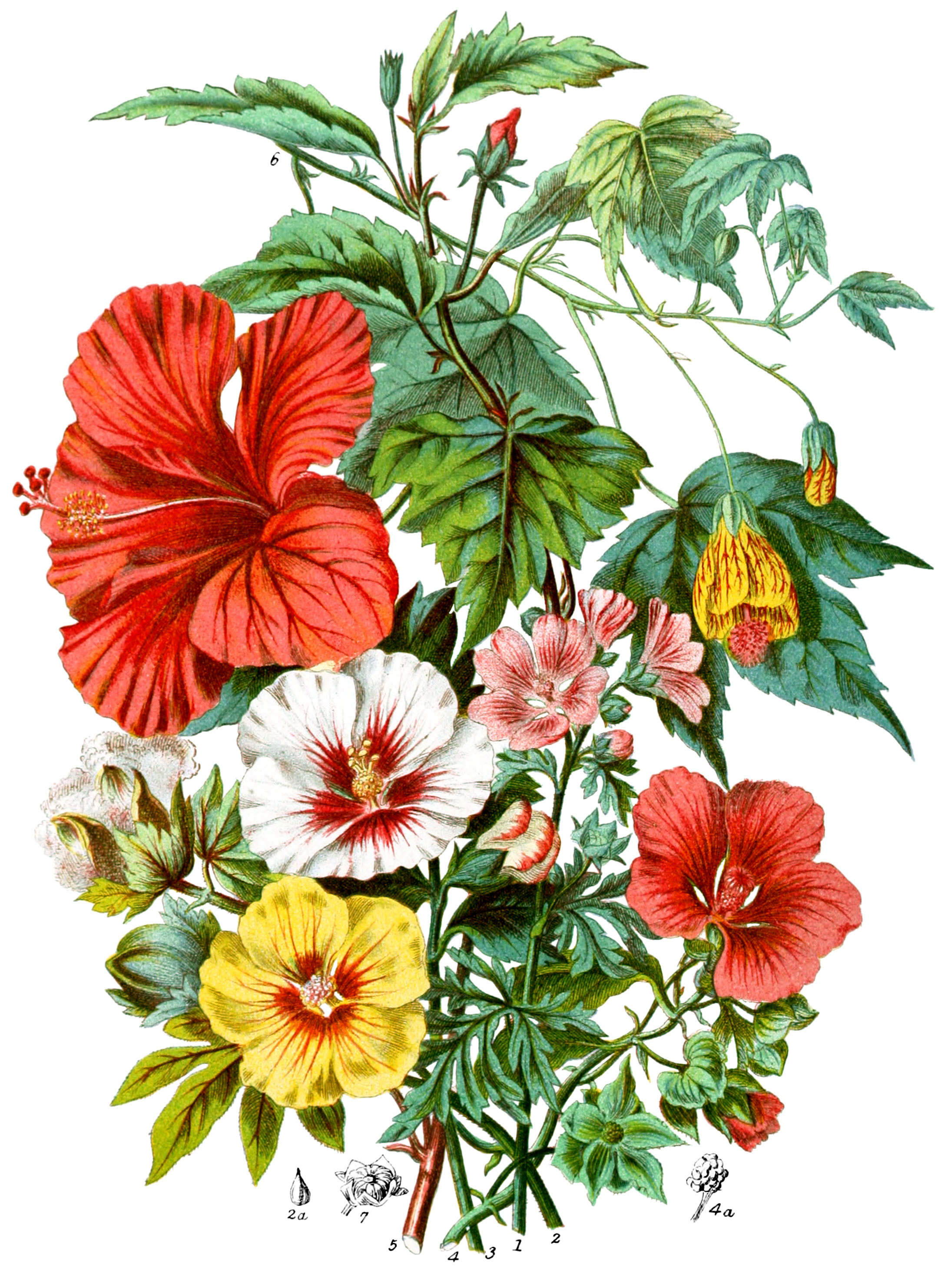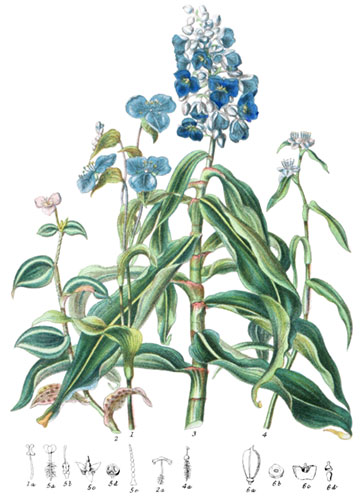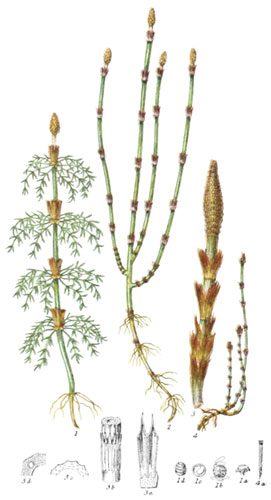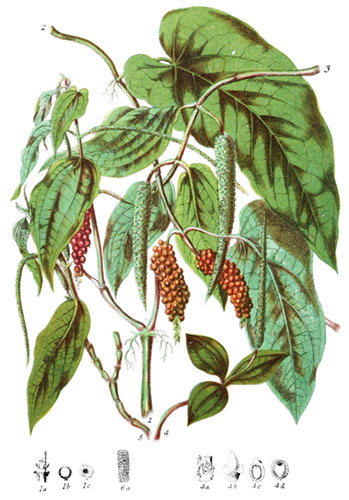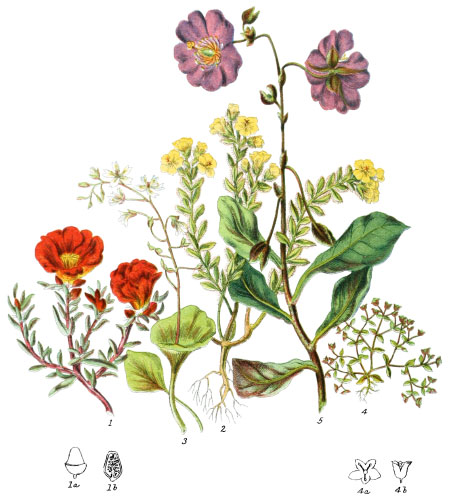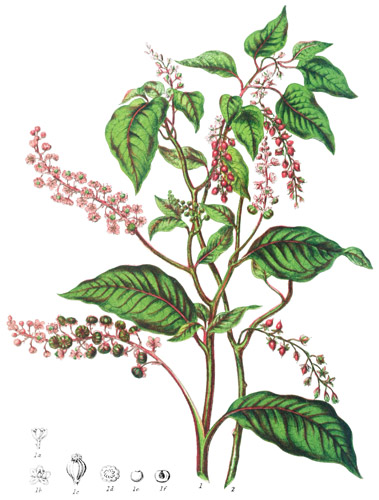Key characteristics
Trees, shrubs, and herbaceous plants. The leaves are alternate, more or less divided, and have stipules at the base of their stalks. The flowers grow generally from the base of the leaf-stalks, and are often surrounded by an involucre of various forms. The sepals of the calyx are five, very seldom three, or four, in a greater or less degree united at the base. The petals are of the same number as the sepals, twisted in the bud, either distinct or adhering to the tube formed by the stamens. The stamens are numerous, all perfect, the filaments united together by the base of the pistil; the anthers are one-celled, bursting transversely. The ovary is formed by the union of several carpels or seed-vessels around a centre, from which arise an equal number of styles, either united or distinct, with variable stigmas. The fruit is either a capsule, as in Hibiscus, or a berry, as in Achania; the seed-vessels are united, as in Malva; or distinct, but crowded into a heap, as in Malope: each contains one or more seeds, which are sometimes hairy, as those of Gossypium.
The united stamens of Malva connect this Order with Geraniaceæ; the twisted petals and mucilaginous properties with Flax; and the arrangement of the carpels of Malope has an affinity with the crowfoots.
The uniform character of the whole Order is to abound in mucilage, and to be destitute of all the unwholesome properties. It is remarkable for the beauty of the flowers, for the toughness of the fibres, which in many species yield a strong cordage, and a thread used for weaving into coarse linen, for the downy cotton in the seed-vessels of the species, for the softening mucilage prepared from the seeds and roots of the others, and for various useful properties.
Select plants in this order
Not all plants listed are illustrated and not all plants illustrated are listed.
- Malva moschata (1) is the prettiest of the British species of this tribe; it was named from a slight scent it possesses of musk.
- Malva sylvestris is well known as one of our commonest way-side flowers, and is a good example of one species being very widely dispersed beyond the usual limits of the tribe; this and the British M. rotundifolia are frequently seen on the plains of India. M. crispa, of the West Indies, yields from the bark a very tenacious fibre for cordage.
- Gossypium, the cotton plant, is the most extensively useful of this or perhaps any tribe; there is scarcely any other plant that has proved of so much service to man, or has called forth so high a degree of skill in manufacture, or enterprise in commerce. It appears to have been first cultivated and woven into cloth in India, but is now spread over an extensive range of the globe on each side of the equator; from the south shores of Europe to the Cape of Good Hope; from China to Arabia and Syria; one species is peculiar to Peru; several are cultivated in the West Indies, Mexico, and the United States. In the equinoctial regions of America, cotton grows at an elevation of 9000 feet.
- Gossypium herbaceum (2) and its varieties are the kinds most generally cultivated in India; the capsule contains about five seeds, covered with a short grey down, lying in the mass of white cotton. One of these varieties produces the delicate cotton from which the beautiful Dacca muslin is fabricated. G. herbaceum is the only kind grown in the south of Europe.
- Hibiscus Rosa-sinensis (5) is a splendid example of the beauty of the flowers of this tribe; the petals are, like some others, astringent; the juice is used by the Chinese to blacken their eye-brows and the leather of their slippers.
- H. cannabinus is employed in India as a substitute for hemp and flax; the seeds yield an useful oil.
- H. trionum, with its inflated membranous calyx, is known in gardens as the Bladder Ketmia.
- Althea frutex (3) is a hardy shrub, flowering abundantly in shrubberies, even in the Parks of London.
- A. palustris inhabits the marshes of our southern coast, and is also found plentifully in France, where a syrup under the name guimauve is obtained from the abundant mucilage of the roots, and is esteemed as a cure for coughs.
- A. rosea, the Hollyhock, affords a similar kind of syrup in Greece; its leaves yield a yellow dye.
- Abelmoschus esculentus is an excellent ingredient for soup in the East.
- The seeds of A. moschatus are cordial, and mixed with coffee by Arabians.
- Urena and Pavonia are both medicinal plants of Brazil.
- Abutilon, Sida, and a few other genera, compose a division of this tribe without an involucre to the flower.
- Abuliton striatum (6) is a highly ornamental shrub, producing its elegant bell-shaped flowers on long drooping stalks during several months.
- Sida lancelolata is intensely bitter, and is thought valuable in medicine.
- S. micrantha has extremely straight light stems, which serve well for rocket-sticks.
Locations
The plants of this Tribe are found in great abundance in the Tropics: plentifully in the hottest countries of the Temperate regions, gradually diminishing towards the north. In the British Isles there are only six species; in Sweden they form but a small portion of the Flora; in Lapland they seem to be altogether unknown.
Legend
- Malva moschata, Musk Mallow. England.
- Gossypium herbaceum, Common Cotton. East Indies.
- Seed.
- Hibiscus syriacus, Althea frutex. Syria.
- Malope trifida, Trifid-leaved Malope. Barbary.
- Fruit of distinct carpels crowded into a heap.
- Hibiscus Rosa-sinensis, Chinese Hibiscus. China.
- Abutilon striatum, Striated Abutilon. Brazil.
- Fruit of Malva sylvestris, Common Mallow.
Explore more
Posters
Decorate your walls with colorful detailed posters based on Elizabeth Twining’s beautiful two-volume set from 1868.
Puzzles
Challenge yourself or someone else to assemble a puzzle of all 160 botanical illustrations.
